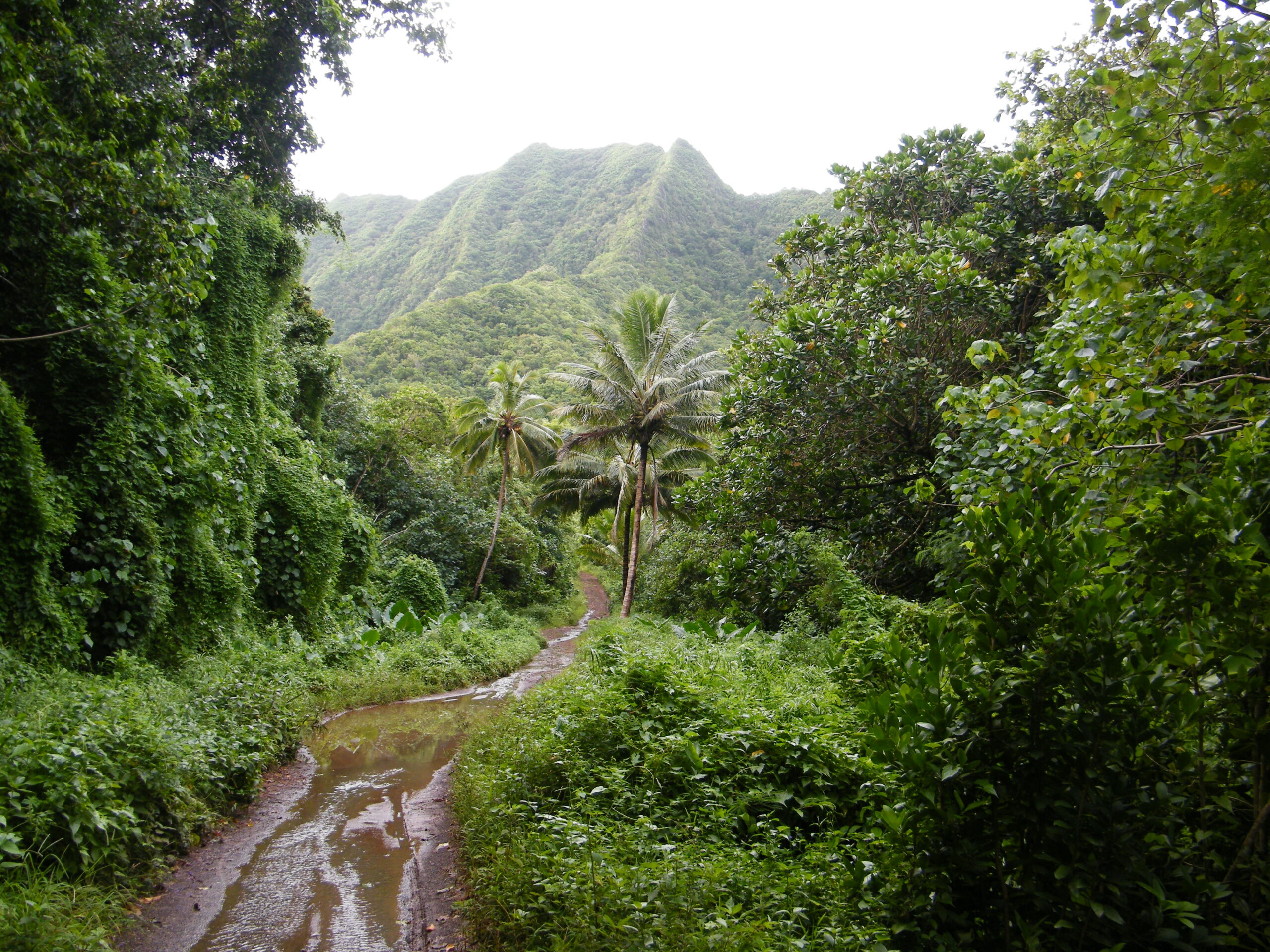STATISTICS HELP ANALYSIS OF FOREST DAMAGE ON PACIFIC ISLANDS
Professor of Statistics, Arne Bathke, and his research group from the Department of Mathematics at the Paris Lodron University of Salzburg (PLUS) have been developing the theoretical basis for these new methods over the last years.
On Easter Island, known mainly for its stone statues, the forest was completely destroyed several centuries ago. All native tree species died out. Other Pacific islands like Samoa or Tonga still have relatively large forest areas today. Jared Diamond, professor at the University of California in Los Angeles (UCLA), and other researchers investigated the question of why the forest destruction on the Pacific islands varied so much. Which influencing factors were instrumental in causing this damage?
An international team
The international team, including Salzburg statistics professor Arne Bathke, together with colleagues from Koblenz University of Applied Sciences and the University of St. Andrews in Scotland, has now analysed the data from 67 Pacific islands using new statistical methods.
Multivariate non-parametric statistical methods were used, which do not require any data distribution assumptions or transformations. Bathke and his research group have developed the theoretical basis for these methods over recent years. An accompanying software package has already been downloaded more than 35,000 times and has been cited in numerous scientific publications.
The results have just been published in the journal Forest Ecology and Management.
The scientists not only confirmed results that were already available but were also able to identify additional risk factors. According to the results, ecological and geographical factors have a particularly strong effect: the lower the rainfall and tephra (unsolidified deposits, e.g. lava from a volcanic eruption), the smaller the island and the further away it is from the equator, the greater the forest destruction. Easter Island had very unfavourable general conditions.
Cultural factors also played a role: for instance, the researchers believe that increased agricultural irrigation deprives the forest of water and this contributes to forest decline. Rainfall had the most significant influence. The authors see this as a warning in times of climate change, which is causing variations in precipitation rates. The droughts in recent summers have also led to massive forest damage in Central Europe.
Strong research activity at PLUS
At the Paris Lodron University of Salzburg, there is strong research activity regarding topics of biodiversity. Bathke’s research focuses on the development of statistical methods, and together with Biology professor and biodiversity expert Jan Habel they are jointly working on a project about forest areas in East Africa, amongst others.
Link to publication: https://doi.org/10.1016/j.foreco.2021.119238
Further information about Arne Bathke: https://ida-lab.sbg.ac.at/

Arne Bathke I Photograph: © Kolarik





